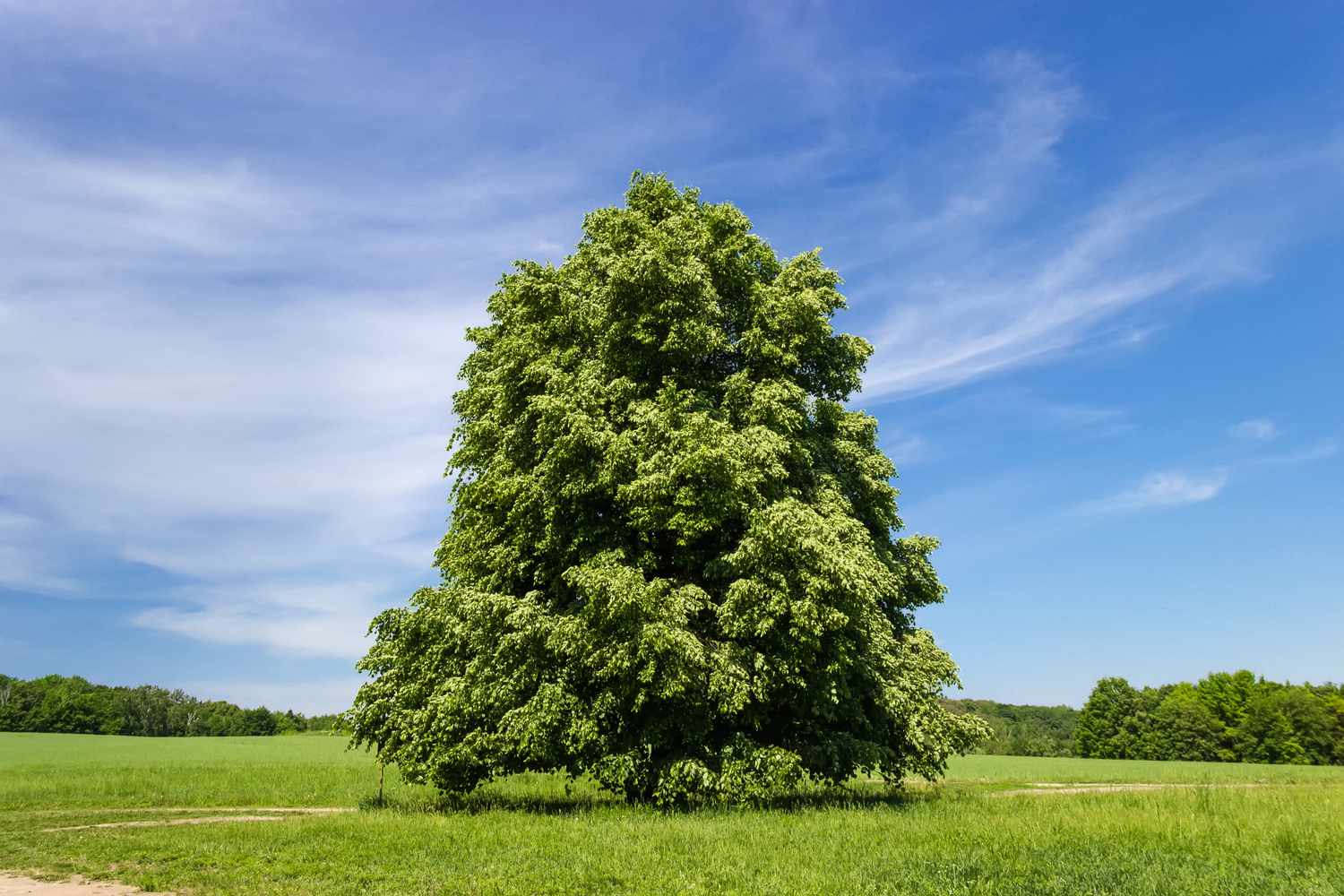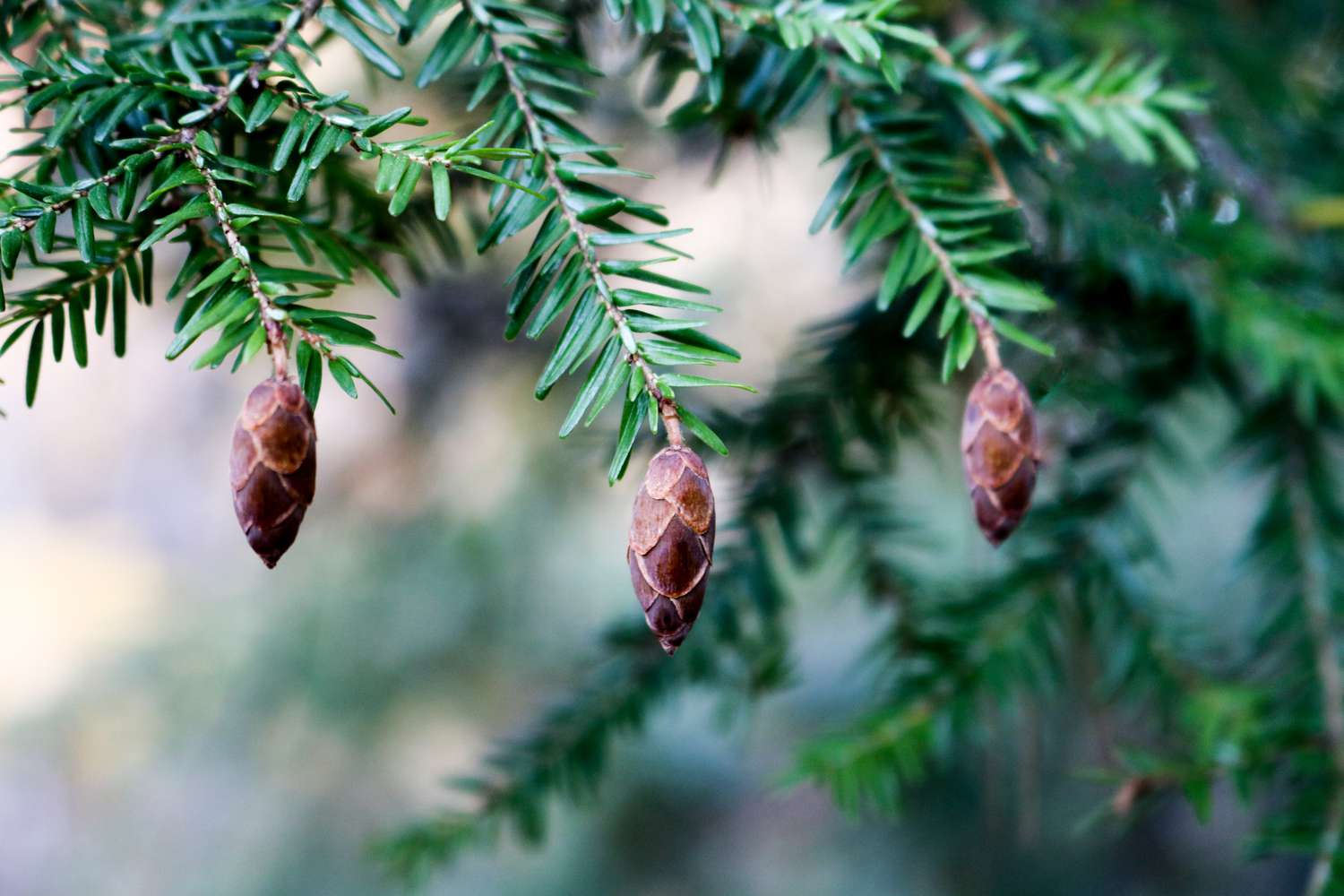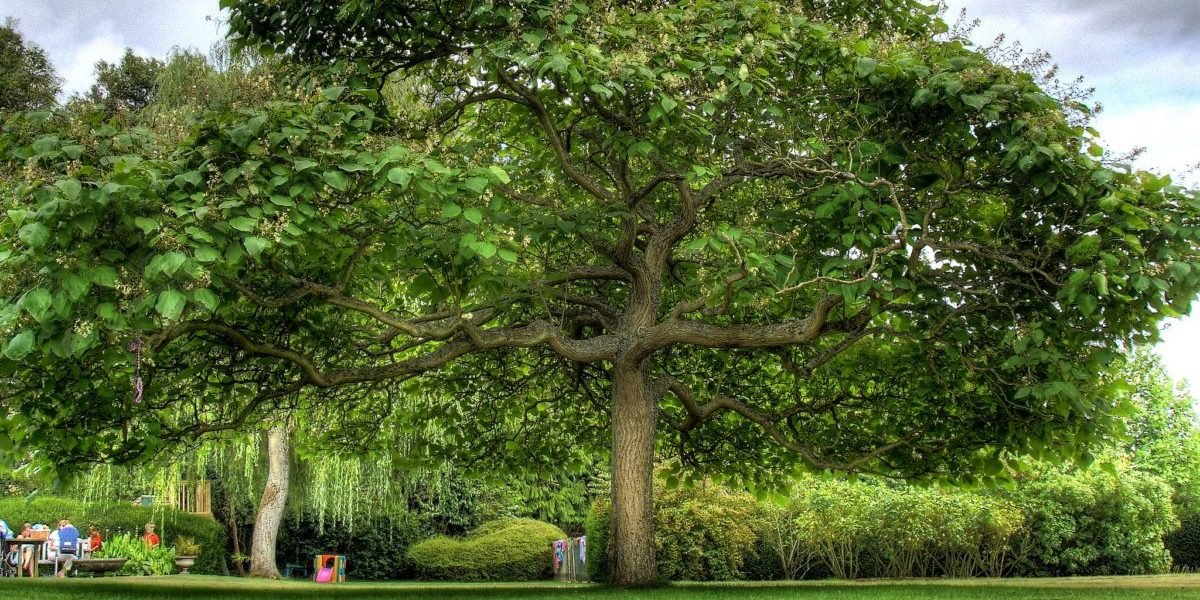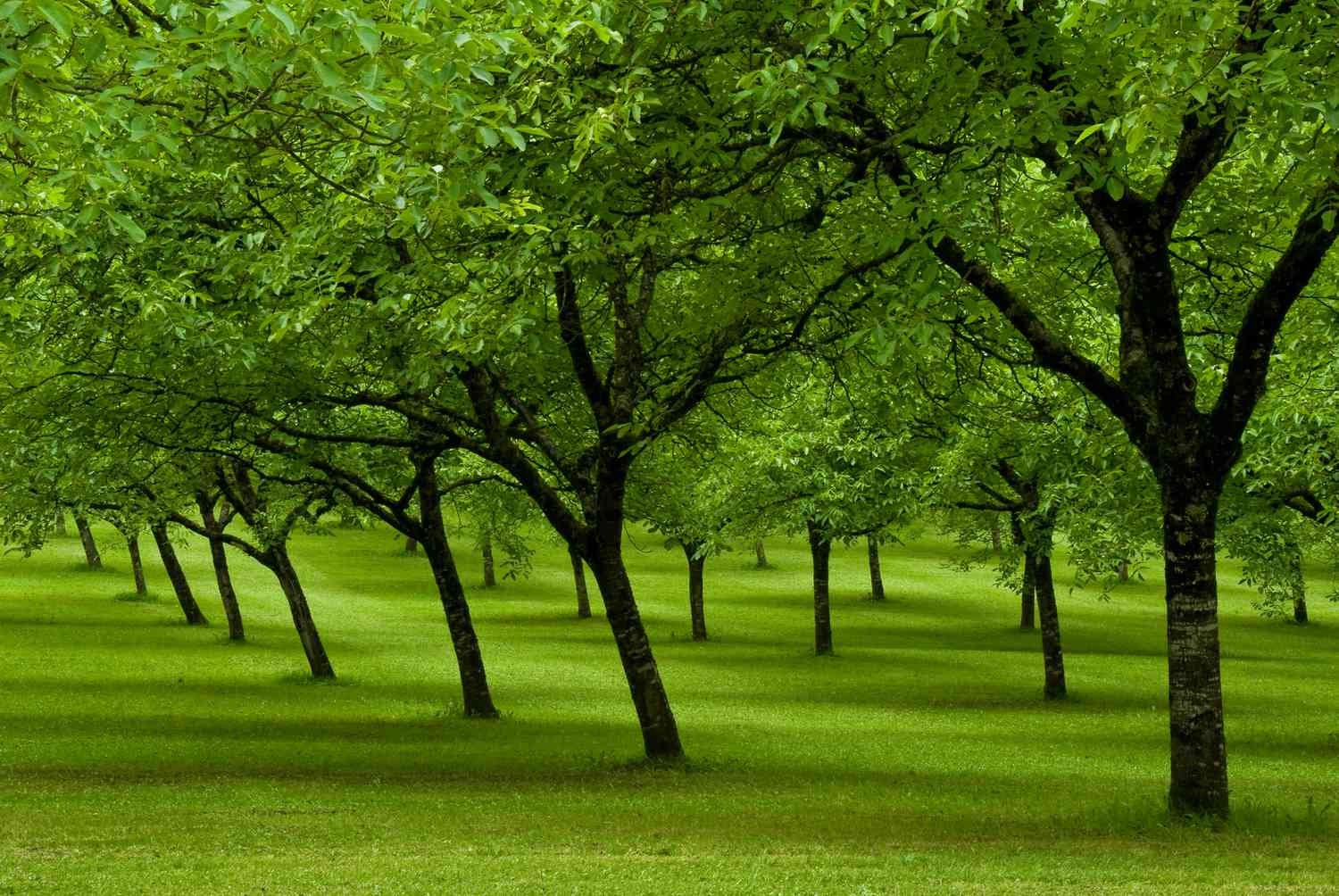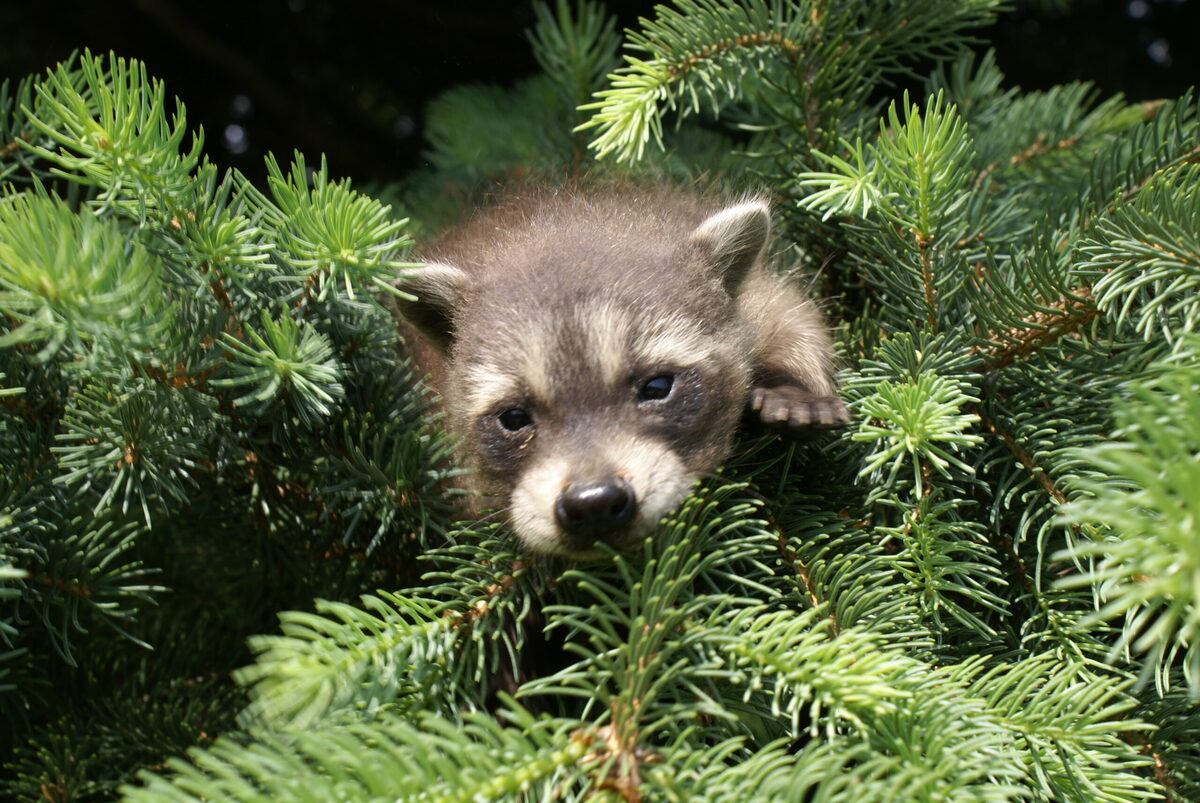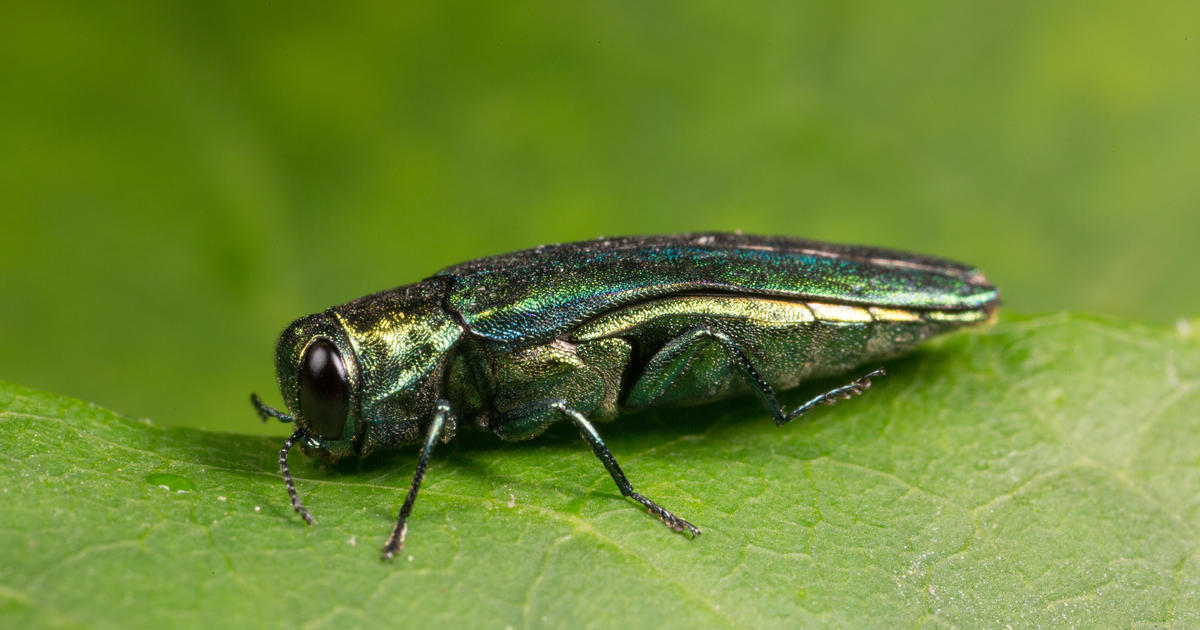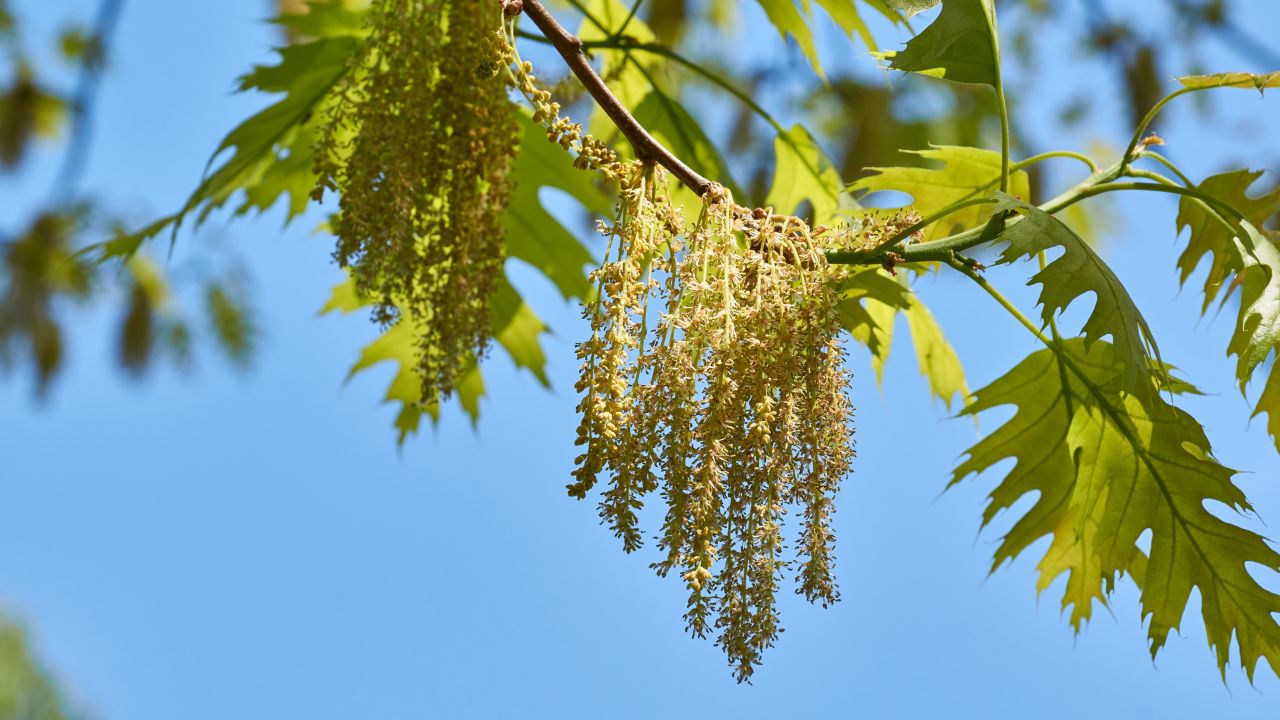Home>Gardening News and Trends>Latest News>What Trees Shed Their Bark


Latest News
What Trees Shed Their Bark
Modified: January 22, 2024
Get the Latest News on Trees Shedding Their Bark - Discover which trees naturally shed their bark and learn why this process is essential for tree growth and protection. Stay informed with our up-to-date insights and findings.
(Many of the links in this article redirect to a specific reviewed product. Your purchase of these products through affiliate links helps to generate commission for Chicagolandgardening.com, at no extra cost. Learn more)
Table of Contents
Introduction
Bark shedding is a fascinating natural phenomenon that occurs in various types of trees. It is the process by which a tree’s outer protective layer, known as the bark, sheds or peels away, revealing the new layer underneath. This shedding of bark plays a vital role in the growth and development of trees. While it may seem like a simple process, it is a complex and essential part of a tree’s life cycle.
Bark shedding is not to be confused with tree diseases or damage caused by pests. It is a natural and healthy occurrence that happens as a tree matures. Different species of trees have varying patterns of bark shedding, with some shedding their bark in large, noticeable pieces, while others shed it in smaller, barely visible flakes. Understanding which trees shed bark and the reasons behind it can deepen our appreciation for these magnificent organisms.
In this article, we will explore the importance of bark shedding, the different types of trees that shed their bark, the benefits of this process, and the factors that influence it. We will also discuss how to care for trees that shed bark, ensuring their health and longevity. So, let’s delve into this fascinating world of bark shedding and discover the wonders of nature’s cycles.
Importance of Bark Shedding
Bark shedding is an important process for the overall health and well-being of trees. It serves several crucial functions that contribute to their survival and growth. Let’s explore some of the key reasons why bark shedding is so important:
- Protection from diseases and pests: The bark acts as a protective layer for the tree, shielding it from external threats such as diseases, pests, and extreme weather conditions. As the outer layer of bark ages and accumulates damage, shedding it allows the tree to get rid of any potential sources of infection or infestation.
- Promotion of growth: Shedding bark stimulates the growth of new tissue and allows the tree to replace old, damaged cells. This process promotes the overall health and vitality of the tree, enabling it to continue growing and thriving.
- Improved nutrient absorption: The shedding of bark opens up new channels for nutrient absorption. By shedding the outer layer, trees can access fresh nutrients and water from the surrounding environment more efficiently, supporting their growth and development.
- Protection against environmental stress: Bark shedding helps trees adapt to changing environmental conditions. By shedding their bark, trees can respond to fluctuations in temperature, moisture levels, and other environmental factors, ensuring their survival in adverse conditions.
- Regulation of tree temperature: Bark shedding aids in temperature regulation for the tree. As the outer layer of bark is shed, excess heat is released, preventing the tree from overheating. This process helps maintain a comfortable internal temperature for optimal growth.
Thus, bark shedding plays a vital role in maintaining the health and resilience of trees. It not only protects them from potential threats but also supports their growth and ability to adapt to changing circumstances. Understanding the importance of bark shedding helps us appreciate the intricate mechanisms trees employ to sustain themselves and thrive in their natural habitats.
Types of Trees That Shed Bark
Many different types of trees undergo bark shedding as a natural part of their life cycle. While each tree species has its distinct pattern and frequency of bark shedding, here are some commonly known examples:
- Paperbark Maple (Acer griseum): Known for its beautiful cinnamon-colored peeling bark, the Paperbark Maple sheds its bark in large, papery sheets. The exfoliating bark adds visual interest to the tree.
- Arbutus Trees (Arbutus spp.): These evergreen trees, also known as Madrones, have a unique shedding pattern. They shed their old bark throughout the year, revealing a smooth, attractive reddish-brown trunk.
- Crape Myrtle (Lagerstroemia spp.): The Crape Myrtle sheds its bark in thin, mottled flakes. This shedding reveals a vibrant underlayer, adding to the aesthetic appeal of the tree.
- Shagbark Hickory (Carya ovata): As its name suggests, the Shagbark Hickory has shaggy and peeling bark. It sheds in long, vertical strips, giving the tree a unique and distinctive appearance.
- London Plane Tree (Platanus x acerifolia): The London Plane Tree is famous for its mottled and patchy bark. It sheds in irregular patches, exposing lighter-colored bark underneath.
These are just a few examples of trees that shed their bark, but there are many more species that exhibit this fascinating phenomenon. Bark shedding can vary in frequency, ranging from yearly shedding to shedding every few years. It is essential to observe and study the specific characteristics of each tree species to understand their bark shedding patterns fully.
It’s worth noting that not all trees shed bark in a visually striking manner. Some tree species may shed their bark more discreetly, with smaller flakes or scales. Nevertheless, even subtle bark shedding plays a vital role in maintaining the tree’s health and vitality. Each species’ bark shedding process adds to the beauty and diversity of the natural world, reminding us of the remarkable adaptations found in the plant kingdom.
Benefits of Bark Shedding
Bark shedding provides several significant benefits to trees and their surrounding ecosystems. Let’s explore some of the key advantages of this natural process:
- Promotes tree growth: Bark shedding allows trees to shed old, damaged bark and replace it with new, healthier bark. This renewal process stimulates growth, enabling the tree to develop and expand.
- Enhances nutrient absorption: Shedding bark opens up fresh pathways for nutrient absorption. It allows trees to take in essential elements like water, minerals, and other nutrients from the soil, which are crucial for their growth and development.
- Prevents disease and pest infestation: By shedding their bark, trees eliminate potential breeding grounds for pests and remove old layers that may harbor disease-causing organisms. This helps to keep the tree healthy and protects it from various pathogens.
- Aids in temperature regulation: Bark shedding helps regulate the tree’s temperature. By shedding old bark, trees can release excess heat, preventing overheating during hot seasons. This process ensures that the tree remains within the optimal temperature range for optimal growth and survival.
- Contributes to forest ecosystem: Bark shedding provides a valuable resource for other organisms in the ecosystem. The shed bark can serve as food and habitat for insects, fungi, mosses, and lichens, creating a diverse microhabitat within the tree’s surroundings.
- Increases aesthetic appeal: Bark shedding can add visual interest and beauty to trees. The shedding process often reveals colorful, textured, or patterned bark, enhancing the overall aesthetic value of a tree and its surroundings.
These benefits highlight the importance of bark shedding and its role in maintaining healthy and resilient trees. As a natural phenomenon, bark shedding contributes to the overall balance and biodiversity of ecosystems, supporting the growth and survival of numerous organisms.
Process of Bark Shedding
The process of bark shedding involves a series of intricate steps that contribute to the renewal and growth of trees. While the exact process may vary depending on the tree species, here is a general overview of how bark shedding occurs:
- Cellular changes: As a tree grows, its outer bark layer undergoes a series of changes at the cellular level. The outermost layer of bark, called the cork cambium, starts to produce new cells beneath it.
- Expansion and stretching: As the new cells are produced, they begin to grow and push against the older layers of bark. This expansion and stretching of the new cells exert pressure on the outer bark layer.
- Cracking and splitting: Eventually, the pressure exerted by the new cells becomes too great for the older bark layers to withstand. The outer bark begins to crack and split, creating gaps and fissures.
- Bark peeling and shedding: Once the cracks and gaps form, the outer bark layer begins to peel and shed. This shedding process can occur in different ways, depending on the tree species. It may involve the bark peeling off in large sections, flaking off in small pieces, or splitting and curling away from the trunk.
- New bark formation: As the old bark is shed, a new layer of bark starts to form beneath it. The cells in the cambium layer, located between the inner bark and the wood, divide and produce new bark cells. This new bark gradually matures and becomes the outer protective layer for the tree.
The process of bark shedding is continuous throughout a tree’s life, with different areas of the trunk shedding at various times. It is a natural and cyclical process that contributes to the overall growth, health, and renewal of trees.
It’s important to note that excessive or abnormal bark shedding can sometimes indicate tree stress or underlying health issues. If you observe unusually large amounts of bark shedding, it may be beneficial to consult with an arborist or tree care expert to assess the tree’s condition and ensure its well-being.
Factors Affecting Bark Shedding
Several factors influence the timing and frequency of bark shedding in trees. Understanding these factors can shed light on the mechanisms behind this natural process. Here are some of the key factors that affect bark shedding:
- Tree species: Different tree species have varying patterns of bark shedding. Some trees shed their bark annually, while others shed it every few years. The specific characteristics of each species, such as bark thickness and composition, determine their shedding behavior.
- Tree age: The age of a tree can influence its bark shedding pattern. Younger trees may shed bark more frequently as they grow rapidly and need to replace damaged or outgrown bark layers. Older trees may shed less frequently, but the shedding may still occur as part of their natural maintenance process.
- Environmental conditions: Environmental factors such as temperature, humidity, and sunlight can affect bark shedding. Trees in areas with moderate climates may shed their bark more regularly compared to those in extreme climatic conditions. Additionally, drought or excessive moisture can impact the health of the bark and affect shedding patterns.
- Tree health: The overall health and vitality of a tree play a significant role in its bark shedding. Trees that are stressed or diseased may exhibit abnormal shedding patterns, such as increased or decreased shedding. Maintaining proper tree care and addressing any health issues can help promote regular and healthy bark shedding.
- Growth rate: The growth rate of a tree can influence its bark shedding. Trees that grow rapidly may shed bark more frequently to accommodate their expanding trunk and stem circumference. Slower-growing trees may shed bark less often, but the shedding is still necessary for their overall growth and development.
These factors interact with each other, creating a unique bark shedding pattern for each tree. It is essential to consider these factors when observing bark shedding in trees and to understand that variations in shedding behavior are a natural part of tree biology.
By studying the factors that affect bark shedding, we can gain a deeper appreciation for the complexities of tree biology and the intricate balance between environmental conditions and the tree’s internal processes. It highlights the importance of maintaining healthy trees and providing them with optimal growing conditions to support their natural shedding cycles.
Caring for Trees That Shed Bark
Trees that shed bark have specific care requirements to ensure their health and promote optimal bark shedding. Here are some essential tips for caring for trees that undergo bark shedding:
- Regular watering: Provide adequate water to trees during dry periods, especially if they are shedding bark. Proper hydration is crucial for maintaining healthy bark tissue and supporting the overall health of the tree.
- Mulching: Apply a layer of organic mulch around the base of the tree to help retain moisture, regulate soil temperature, and provide important nutrients. Avoid piling the mulch directly against the tree trunk to prevent moisture buildup and potential rot.
- Pruning: Prune dead, damaged, or diseased branches regularly to maintain the tree’s overall health. Proper pruning also helps improve air circulation, reducing the risk of fungal or bacterial infections.
- Fertilization: If the tree shows signs of nutrient deficiency, consider applying a balanced fertilizer to provide essential nutrients. Consult with an arborist to determine the appropriate fertilizer type and application schedule for your specific tree species.
- Pest control: Regularly monitor the tree for pests and take appropriate measures to control infestations. Insect pests can cause damage to the bark and compromise the tree’s overall health.
- Protective measures: Take steps to mitigate potential damage to the tree’s bark. Erect barriers around the tree to protect it from lawnmowers, trimmers, or other potential sources of physical damage.
- Consulting an arborist: If you notice abnormal bark shedding or suspect any health issues with the tree, consult an arborist or tree care professional. They can provide expert advice and recommend appropriate treatments or interventions to ensure the tree’s well-being.
Proper care and attention are vital for trees that shed bark, as it helps maintain their overall health and supports regular shedding cycles. By following these care guidelines, you can provide the best conditions for the tree’s growth and ensure its longevity.
Remember that each tree species may have specific care requirements. So, it’s always recommended to research and consult with professionals to tailor the care practices according to the unique characteristics of the tree species shedding bark in your landscape.
Conclusion
Bark shedding is a fascinating natural process that plays a crucial role in the growth and survival of trees. It serves as a protective mechanism, enabling trees to rid themselves of old, damaged bark and replace it with new, healthier layers. The shedding of bark promotes tree growth, aids in nutrient absorption, protects against diseases and pests, regulates temperature, and contributes to the overall biodiversity of ecosystems.
Understanding the types of trees that shed bark and the factors that influence this process allows us to appreciate the beauty and complexity of nature. Different tree species exhibit unique bark shedding patterns, adding diversity to the natural landscape. By caring for trees that shed bark, providing proper watering, mulching, pruning, and addressing any health issues, we can ensure their well-being and support their natural shedding cycles.
As nature enthusiasts, it is essential to observe and learn from the processes that occur in the natural world. Bark shedding is just one of the many wonders that exemplify the resilience and adaptability of trees. By respecting and caring for these magnificent organisms, we contribute to the preservation and sustainability of our environment.
So, the next time you come across a tree shedding its bark, take a moment to marvel at the intricate processes taking place. Appreciate the beauty and significance of this natural phenomenon, and let it deepen your connection with the wonders of our natural world.
